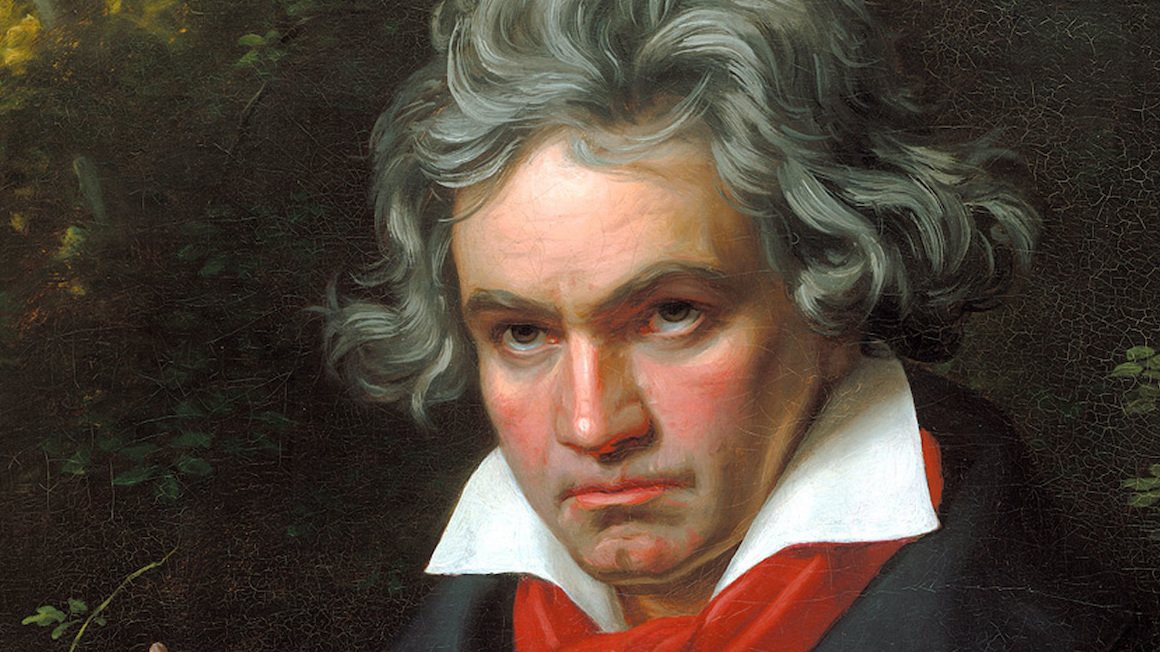People don’t get that there is a strong connection between classical music and metal. The days when these types of music were regarded as being radically different, and appealing to vastly different audiences are gone. There was a time when classical music fans were very serious and wanted nothing to do with metalheads, but that’s all in the past.
I got into classical music when I was in my late teens. Listening to a composer like Tchaikovsky was inspirational. If he were alive today, he’d probably be in Deep Purple or Led Zeppelin. When he was alive, he didn’t have the electric guitar or the whammy bar available. So, he he had to use what was available to make a huge sound.
I’d like to think that what I have done on my Headbangers Symphony album will prod some metal fans into checking out the classical pieces done by orchestras. I hope people come to appreciate that there’s much to love about classical music.
Here are the 11 classical pieces that will appear on my new album…
11. Scherzo
Everyone knows the opening part of this Beethoven piece. What I did was write a riff to go along with this. And in the end I used the riff on Accept’s Teutonic Terror album, so I was ripping off myself! Beethoven is notoriously difficult to capture on the guitar. Everything he did was weird and complicated. But as I love everything about the way he composed his music, for me it was a delight to develop this track and take on the challenge.
10. Night On Bald Mountain
I had a lot of help on this project from Melo Mafali, who is a fine pianist and musical arranger, and he had a considerable amount to do with this choice. But in a way this was an easy choice, because the Mussorgsky composition is very metal anyway. When you listen to any orchestral performance of this, it’s very spooky and talks about witches, so it was perfect for me! The drama is already there and all I had to do was take it on from there.
9. Je Crois Entendre Encore
This Bizet piece is a little unusual. It is very laid-back, but what I did was add in a bluesy feel. However, I was determined not to mess around with what was already there. I wanted Bizet’s sublime melody to speak for itself. However, it is meant to be sung, and I didn’t want to have any vocals on the album, so that’s a change in itself.
8. Double Cello Concerto In G Minor
This was written by Vivaldi for two cellos, and as such it was a challenge to get it to sound good on guitar. While I wouldn’t regard Vivaldi as being on the same level as, say, Tchaikovsky when it comes to my personal favourites, he is a composer I do enjoy listening to. What I did here was add in a riff that makes the piece have a lot more of a metal style. It gives everything much more of a sense of power.
7. Adagio
This is by Albinoni, and is one of those classical compositions that everyone will recognise, even if they’ve no clue who wrote it. I have heard it a million times, as have loads of people, and so it was on my list immediately as something I wanted to do. It is beautiful, but what I wanted to do was make it more expansive. It was originally intended to be played on violin, so there was work to be done to make it acceptable on guitar. I’d hope I will make people think about it a little differently. Sometimes by taking a well know piece and doing it unusually, you do encourage everyone to appreciate the brilliance of the composition.
6. Symphony No. 40
This was another huge challenge, because everyone can hum this Mozart piece. It’s everywhere. But from the start of this project, and that’s going back a decade, I was determined to get this done. I came up with a cool riff to go along with the melody, and then everything fell into place. Mozart is one of the classical composers whom it is easy to transpose onto guitar. This is almost a pop song, I suppose, and proves how much of a genius Mozart was at coming up with an instant melody. I guess if you wanted to put Mozart in a current band, you’d think of him as maybe a member of Foreigner or Boston!

5. Swan Lake
How could I not include this? This is one of Tchaikovsky’s most renowned pieces, and also one of most well known of all classical moments. It is quite breathtaking, and has so much poise and drama in there. I always knew I had to tackle it. When you listen to orchestral versions, then you understand that every conductor and orchestra adds in their own interpretation. No two versions sound alike, so that’s given me the boost that what I have done is worthy. I would urge people to listen to what I have done, and then go and check out what others have achieved.
4. Madame Butterfly
This was obviously composed by Puccini for a female voice, and to hear it without this can be a little surprising. Maybe it will upset purists not to hear the vocals, but that meant I had to really think hard about the best way to approach this. But I feel it has worked out well. The time signature here is unusual, but the challenge was always to rise to the occasion and get people to think about the composition in a different way.
3. Pathétique
My second Beethoven piece, and it was composed for piano. The way things worked with this was that I really only heard it on one recording. That gave me one perspective, but then I did hear it again on the radio, and that’s when I appreciated no two recordings of this sound the same. It is all open to interpretation. What Beethoven wrote down was a guide for musicians.
2. Meditation
What I have done is close to how Massenet composed it. I suppose you could say it’s almost like a ballad. The style is simply beautiful, and I never even thought about making major changes. All I wanted to do was capture what was there. Why change what works already?
1. Air On The G String
Again, you already know the Bach piece. You hear it everywhere. The piece itself is just complete. For the four minutes or so this lasts, it’s stunning, and it is full of melody and passion. This has been played so many times by so many great orchestras, so what on earth can you do to improve things? The answer is that you don’t mess with perfection. I spent so many years working on this album, on and off, and it’s doing pieces like this gave me the impetus to get this done, despite all the interruptions to do other things. If I get the chance, then I should love to play something like Air On The G String live, along with the other tracks. I believe then people would realise how strong the link is between classical and metal.
Wolf Hoffmann’s album Headbangers Symphony will be released on July 1 via Nuclear Blast. He was talking to Malcolm Dome.
